Perhaps more than any other male garment, the traditional blue blazer is the backbone of any serious wardrobe. As versatile pieces go, it stands head and shoulders above almost any other piece of tailored clothing, and with good reason.
When it comes to meeting your needs in a sartorial pinch, the navy blazer is chameleon-like. From casual cocktails to formal boardroom, a well-made, well-fitting blazer will get the job done.
When they hear “blue blazer,” many men tend to think “yacht captain.” The jacket sparking this dreaded stereotype would be the most classic version of the blue blazer, featured in any number of Ralph Lauren ads or episodes of Gilligan’s Island (see: Howell III, Thurston). Of course, this incarnation is also the most traditional execution of the form, and as such is a generally viewed as a particularly dressy garment.
A more accurate historical context of the blue blazer lies in its adoption by the crew of HMS Blazer as a means to smarten up their formal dress. Since then, the ethos of the blue blazer has always held fast to its nautical roots, even as it was adopted by rowing clubs which gave birth to myriad variations of color, pattern, trim, piping, and badges.
Its classic design and balance of dress and function, formality and functionality, make the core elements of the blazer universally appealing and long lived. It is one of the most iconic and enduring examples of male habiliment.
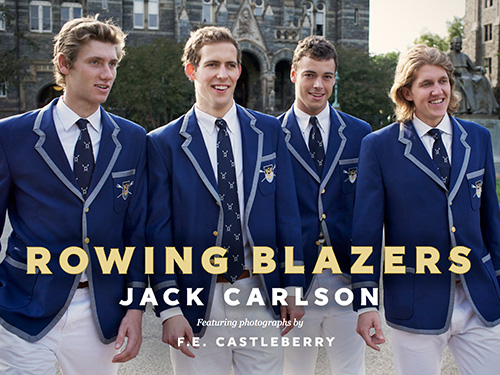 Most recently, that offshoot cousin of the navy blazer, the rowing blazer, has been celebrated in an extravagant new coffee table book, “Rowing Blazers.” Written by champion rower, Jack Carlson, with outstanding photography by our friend F.E. Castleberry, it is a celebration of the jacket itself, and the culture and stylistic influence it has spawned in both the worlds of fashion and sport. Although it occupies a specific place of influence in today’s menswear, the blue blazer comes in a range of fabrics and styles that can work with almost anyone’s style – from lightweight linens to beefy flannels, in deep navy all the way to pale sky blues.
Most recently, that offshoot cousin of the navy blazer, the rowing blazer, has been celebrated in an extravagant new coffee table book, “Rowing Blazers.” Written by champion rower, Jack Carlson, with outstanding photography by our friend F.E. Castleberry, it is a celebration of the jacket itself, and the culture and stylistic influence it has spawned in both the worlds of fashion and sport. Although it occupies a specific place of influence in today’s menswear, the blue blazer comes in a range of fabrics and styles that can work with almost anyone’s style – from lightweight linens to beefy flannels, in deep navy all the way to pale sky blues.
As the king of odd jackets, a blue blazer can also fill the gap when you need to dress somewhere between a suit and a sweater, regardless of the season. It is in that vein that we here at OTC generally tend to think of the blue blazer as an informal piece of clothing. While any sport coat or odd jacket is by cultural definition formal when compared to a hoodie, for example, viewed through the lens of tailored clothing or even office casual, a blue blazer’s versatility means that it can dress up jeans and a worn-out oxford or tee shirt just as easily as it can dress down khakis and a repp tie.
Styles vary as much as material. Some blazers have horn or resin buttons and they can come with single, double, or no vents. Single breasted jackets typically sport notched lapels while double-breasted versions should have only those of the peaked variety.
With its nipped waist and dramatic massing of buttons, a double breasted blazer naturally imparts formality and command. On the other hand, a single breasted sack jacket with no darting and patch pockets can easily project a more casual “drinks at the club,” New England estate look.
When it comes to shoulders, the variations are typically grounded in cultural patterns. American blazers typically have a soft natural shoulder, while English tailors tend to prefer them padded and more structured. This is particularly true with double breasted jackets; the shoulders of which can increase (padded) or diminish (natural) its sense of formality. Historically, American makers such as Brooks Brothers are arbiters of the natural shoulder.
When shopping for a blue blazer, approach it as a major investment. This should be a jacket that can carry you for years to come and something that you are happy to reach for in the morning. A well-constructed blazer made from good fabric will be as comfortable as your favorite sweatshirt and its classic styling will conquer the vagaries of many fashion cycles. That said, you do not necessarily have to break the bank when it comes to finding one that’s right for you – unless you want to.
Mass market brands like J. Crew have spent years perfecting their version of the blue blazer and in the process have converted it into a $425 hipster cool must-have wardrobe asset. At the other end of the pricing and delivery time spectrum, bespoke clothier Jon Green can make you a perfectly fitted, hand-cut blue blazer for a few thousand dollars. You will never want to take it off, ever.
In the end, the blue blazer works because of its inherent versatility and balance between formal and comfortable. It’s one of those rare garments that both stands the test of time and evolves to meet the needs of each generation.
Below are some additional examples of how you can take the blue blazer from street, to office, to drinks, to country club:

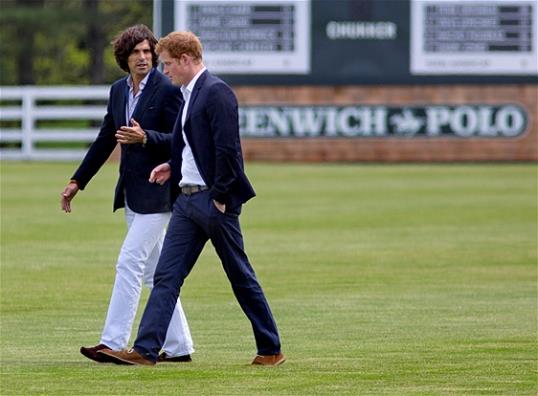
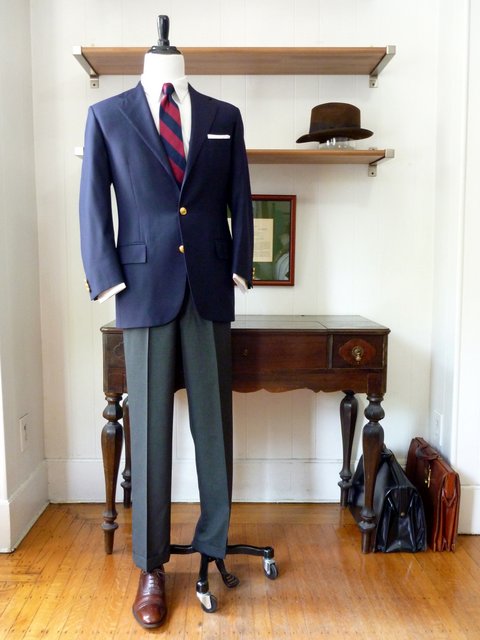
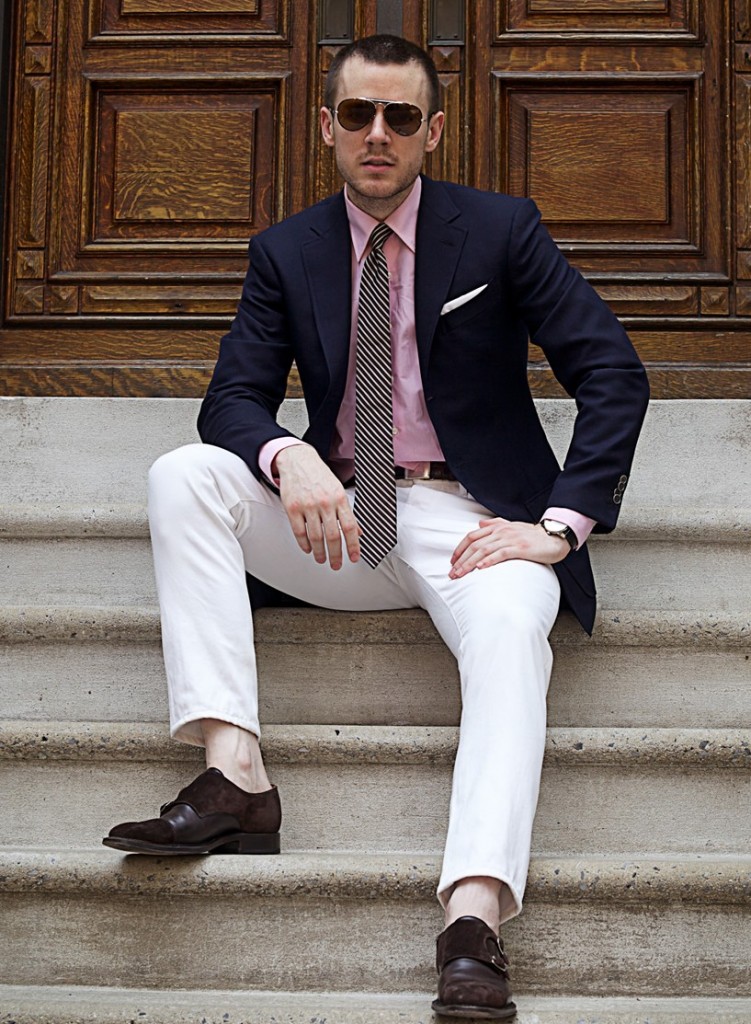

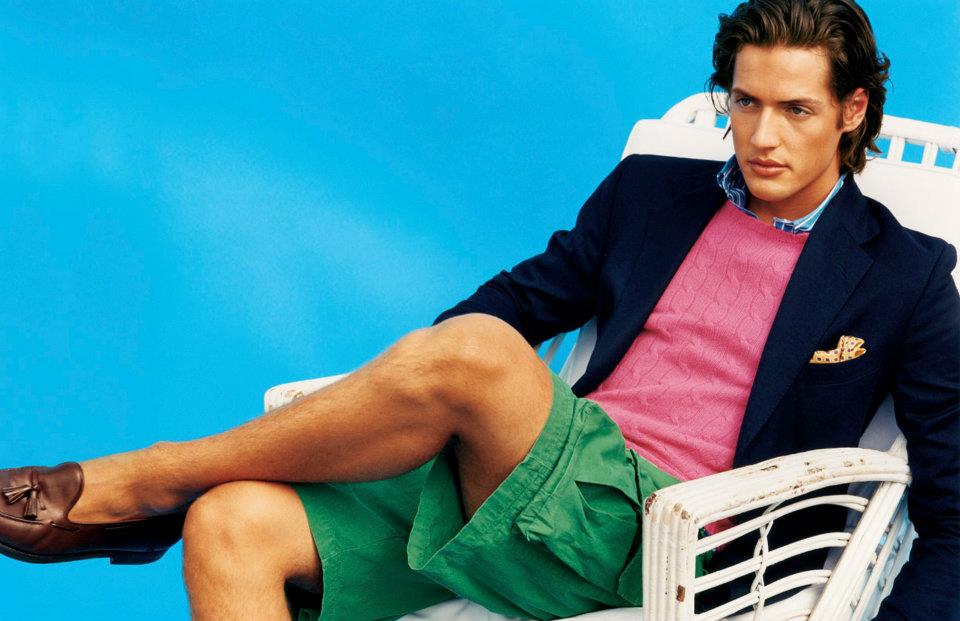
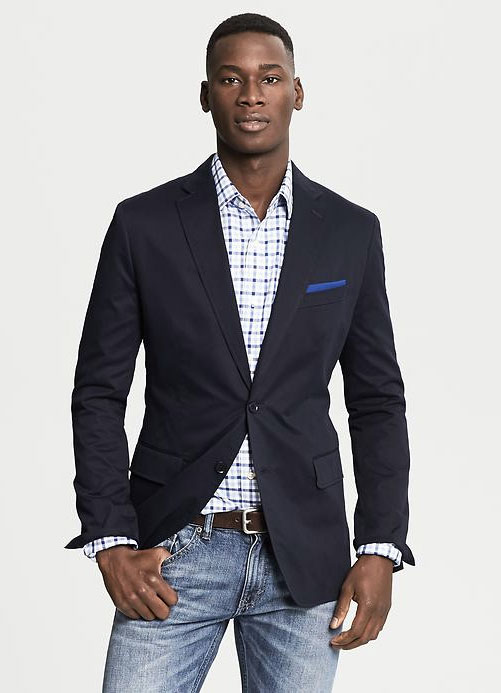


If you are interested in topic: earn online india travel
visa – you should read about Bucksflooder first